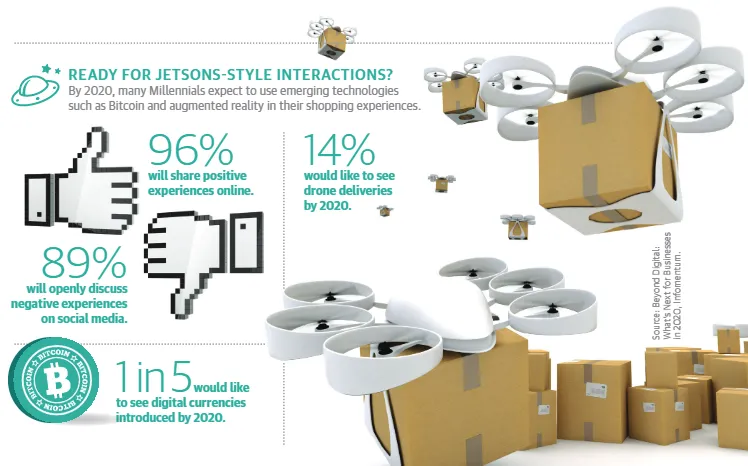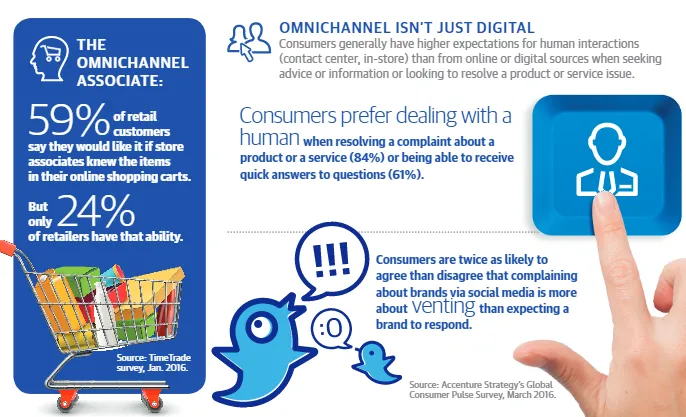“Omnichannel” is here to stay. Customers are comfortable using a variety of digital and physical touchpoints to research products and services, reach out for support, and interact with the companies they choose to do business with.
Although companies are investing billions of dollars in omnichannel efforts, customer satisfaction with customer service has slipped to its lowest levels since 2011, according to Dimension Data’s 2015 Customer Benchmark Study.
Part of the problem brands face is delivering seamless omnichannel experiences. This is due in part to a siloed mentality that prevents the smooth flow of data from one part of a company to another. This makes it difficult for customer-facing employees to follow and understand the context of a customer’s journey. Another issue is that many companies think they do omnichannel when they really do multichannel. Multichannel represents the physical and digital touchpoints that customers use in their path to purchase or when seeking support. Omnichannel signifies the cross-channel path that customers take for product research, support, and purchasing.
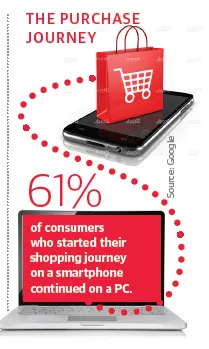
Customers simply want to be able to move easily from one channel to the next in their customer journeys without having to start over again or repeat themselves. Unfortunately, few companies have mastered these experiences.
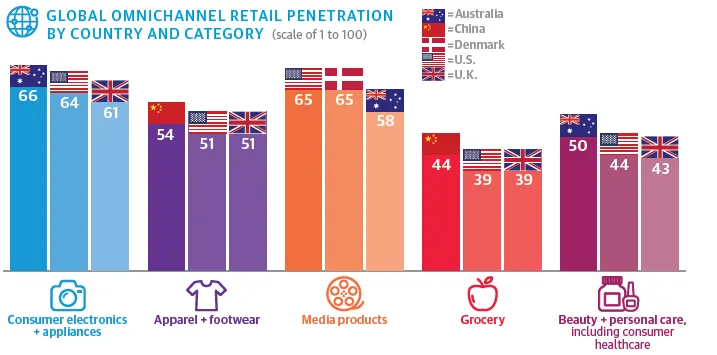
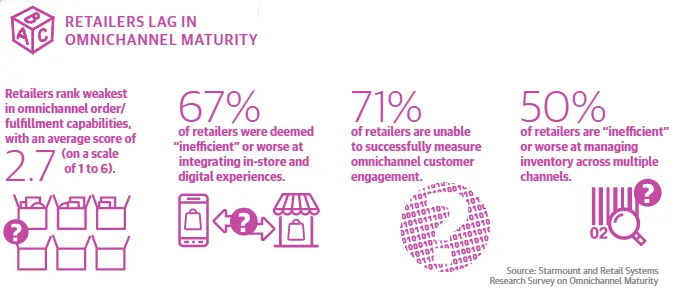
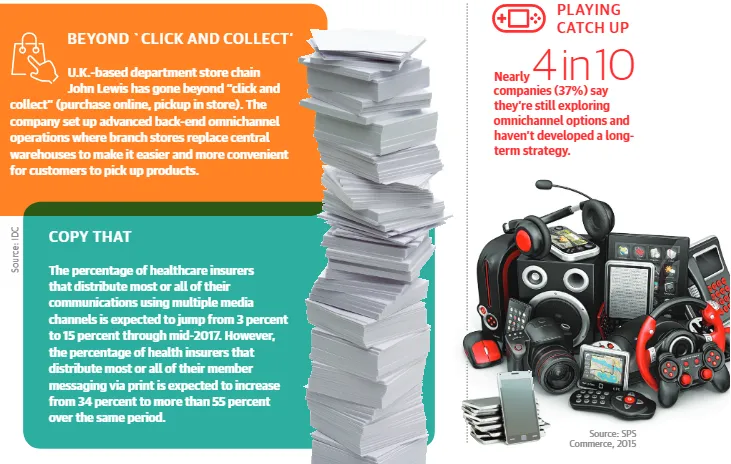
Breaking Down Barriers
When customers use different channels to interact, sometimes they feel as if they are dealing with separate companies. Technologies such as cloud platforms can integrate multifarious customer communication and support channels to help bridge the divide.
Meanwhile, customer journey mapping tools can identify how target customers use specific touchpoints and identify pain points that can be removed from the omnichannel customer journey.
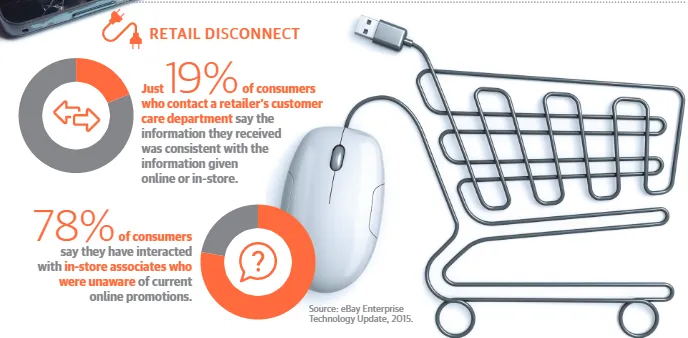
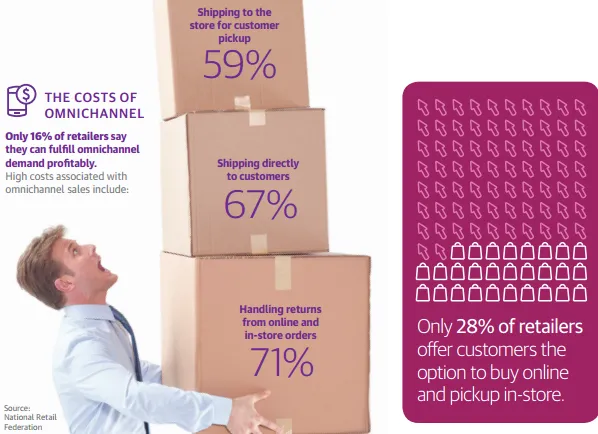
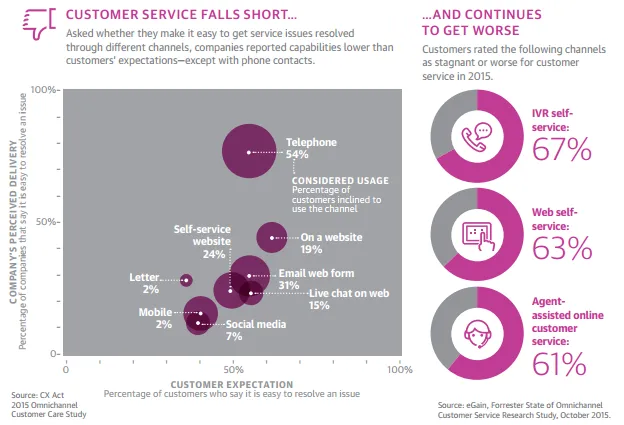
Meeting Customer Expectations
Customers don’t think in terms of omnichannel. They do expect to have effortless experiences as they move from one company touchpoint to the next. A good starting point for meeting those expectations is to provide customers with consistent company and product information across each of the channels they use. This includes whether they’re in-store, on a company’s website, or using a company’s mobile app.
